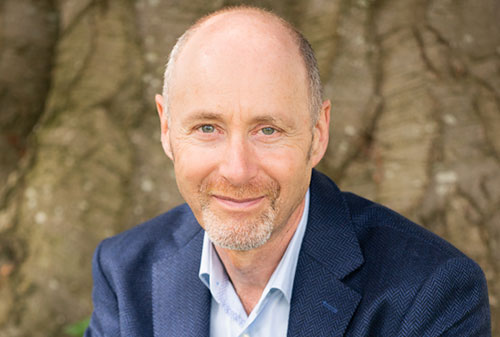
Is twice the productivity, with half the effort and none of the stress a realistic goal for you and your business?
And whether you think it is realistic or not, how much difference would this make to you?
Many business people, if not all, are on the lookout for edges they can apply that will produce superior and sustainable results.
In the past I was a junkie for this kind of information and although there are probably an infinite number of things on offer, they tend to fall into two broad categories:
- Improving motivation (because highly-motivated people tend to produce better results).
- New ideas (because to improve our results we need to do things differently).
Clearly, both of these can, and do, produce superior results but I also noticed that they have significant limitations.
When it comes to motivation, people can listen to motivational speakers, whether that be live or through media, and it is true that many are very inspiring.
Yet the effects wear off.
I expect we have all found ourselves fired up by a speaker at one time or another but within a few days it was like it never happened!
With new ideas, they only work well when they make sense to people and they take complete ownership of them.
And yet this often does not happen. In fact, resistance to change is one of the biggest challenges businesses face.
A new category of ‘edge’
There is another category of ‘edge’ that is nowhere near mainstream yet and is still very much in the ‘early adopter’ stage on the Roger’s Bell Curve.
One of the first stories that really caught my attention concerned a global sized manufacturing business…
For some time it had been on a path of failure.
Huge orders were extremely overdue, lots of poor decisions were being made and there was a deeply embedded culture of blame – no one wanted to take any responsibility for what was happening.
A new and highly-experienced CEO was brought in to turn things around.
On paper the business should have been thriving. It had the best talent that money could buy (MIT and Stanford graduates in abundance), cutting edge business practices and full financial funding.
Yet nothing the CEO tried made a difference. Then he had a stroke of luck.
One of the leadership team knew a business psychologist who specialised in teaching the principles behind state of mind.
After going into the business he immediately recognised what was going on.
He said the low state of mind of the workforce the was at the root of all the problems.
The psychologist then asked the CEO…
‘How would you like twice the productivity, with half the effort and none of the stress?’
At first the CEO rejected the psychologists view and thought it sounded like a used car salesman pitch!
However, out of sheer desperation he decided to put the leadership team and then the employees through what became known as ‘The state of mind programme’.
Quickly, the fortunes of the business started to turn around.
In fact, results became spectacular.
The business performance went up to record levels, the blame culture dissolved and it became the most profitable part of the overall business (it is well documented, being the subject of two doctoral dissertations).
So, why such a change?
The state of mind of individuals, teams and whole businesses can either be an asset or a liability to what they are trying to achieve.
If people are tense, anxious, insecure and self-consumed their performance will be negatively affected – often extremely so.
When people are clear minded, calm, secure, and resilient they perform well and realise far more of their potential.
By learning and realising these simple principles behind how the mind works, two (of many) implications are:
1. People become highly-self motivated and it doesn’t wear off.
2. People become highly generative with new ideas and they embrace change because they are fully behind what they are doing.
Clearly, not all businesses have the level of problems that the manufacturing business had. Having said that, new levels clarity can transform any business.
Twice the productivity, with half the effort and none of the stress is a realistic goal when you know how to harness the infinite capacity of the mind.


